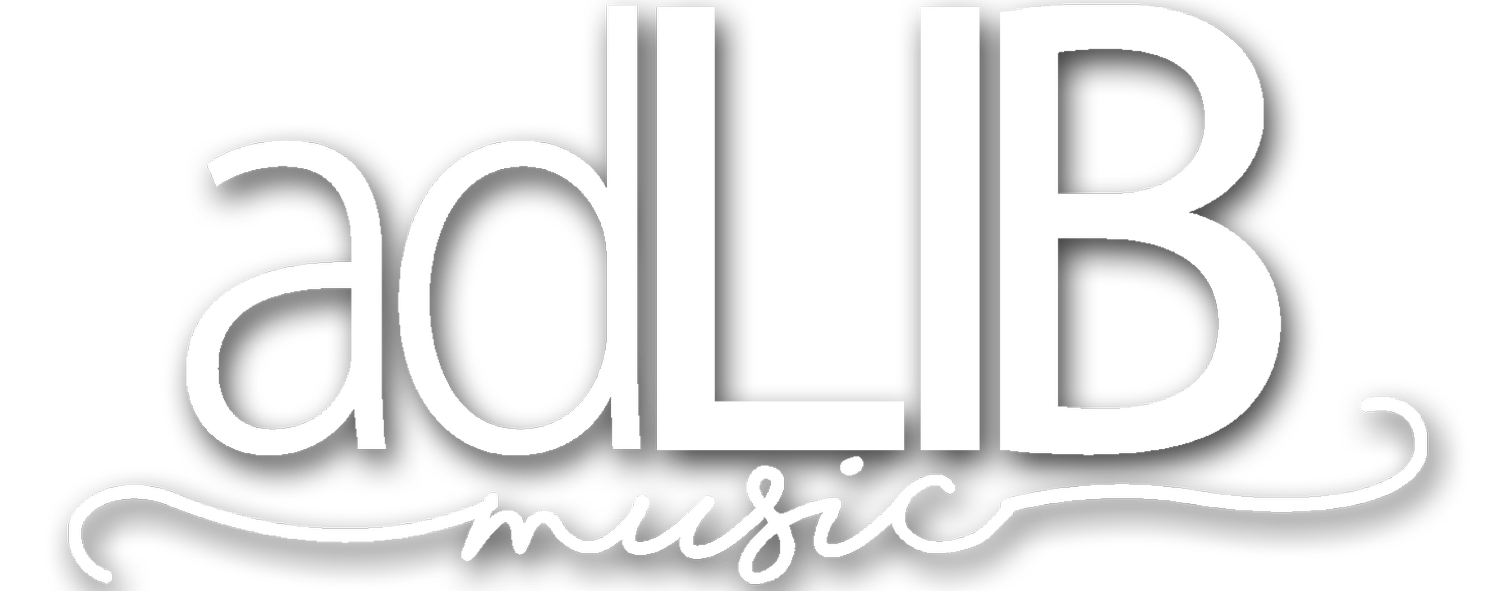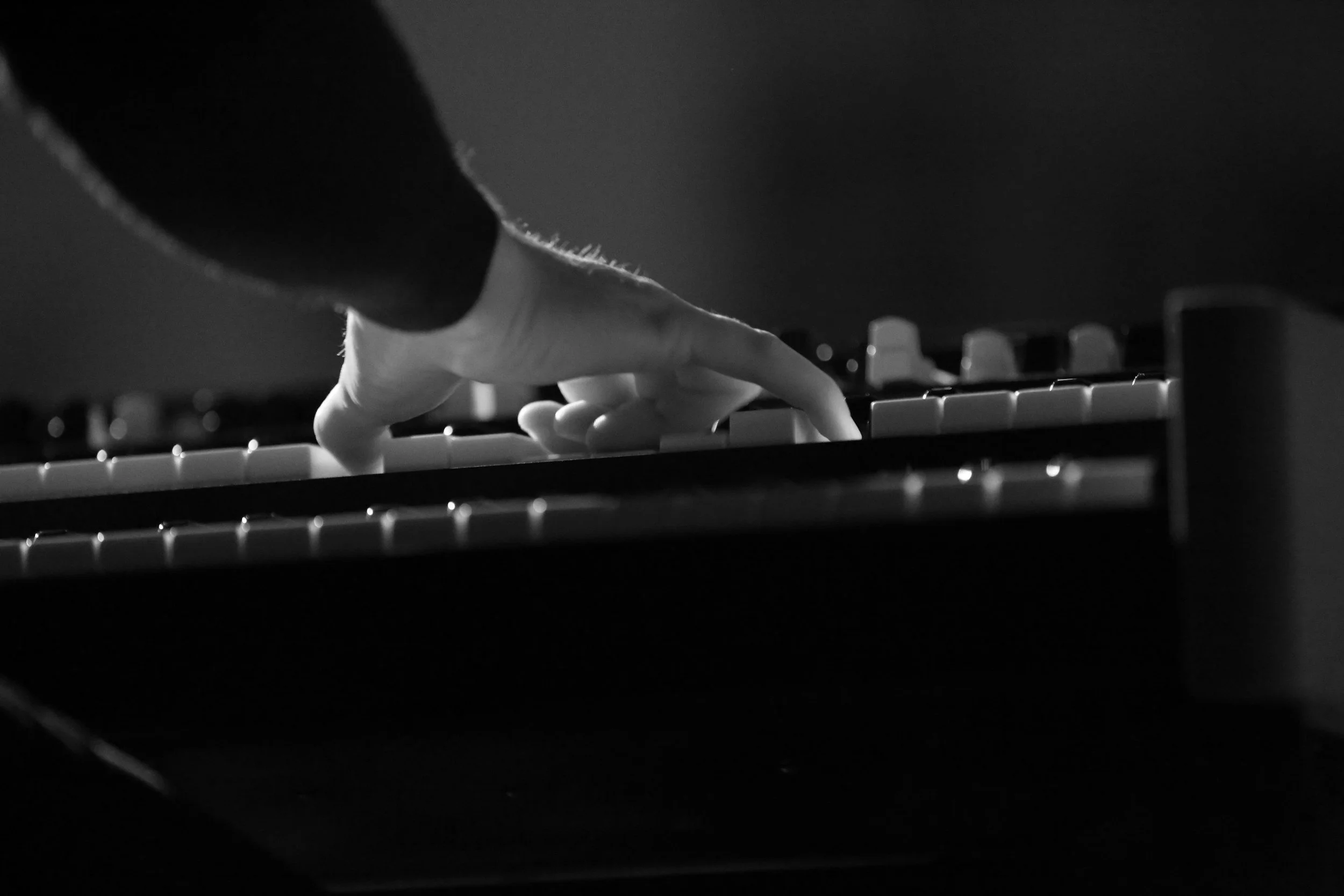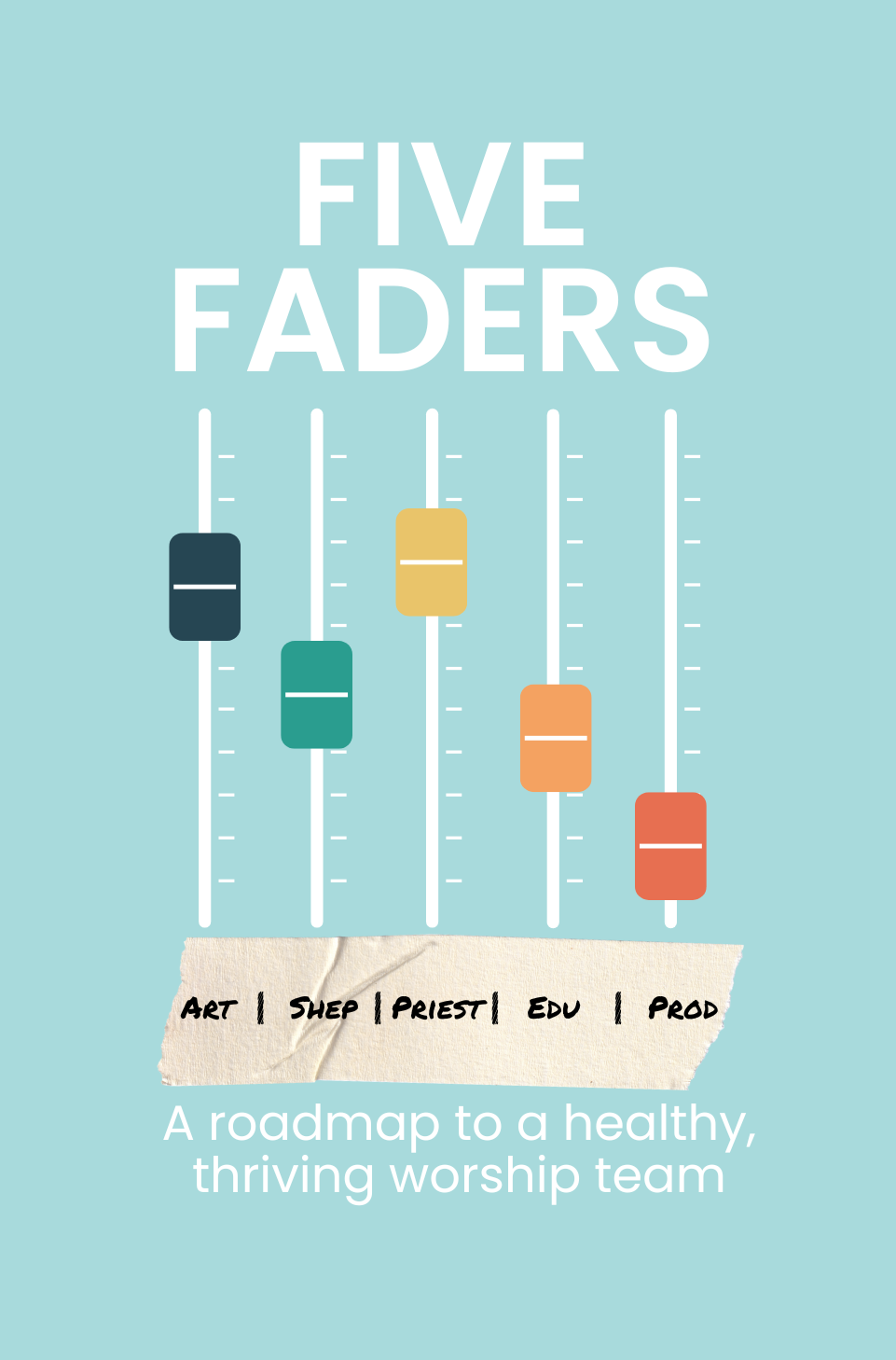Chord Nuances
Slash chords, color chords, inversions, and magic chords shape musical expression. I'll illustrate their unique roles with piano examples, but all melodic instruments can benefit from understanding these nuances.
Slash Chords
What do you do when you see a slash chord? For example, a G/B.
Play the G, ignore the B?
Play a G in the first inversion, making B the lowest sounding note?
Play a G chord with the B as the bass, or lowest sounding note?
Understanding these musical nuances isn’t just for theory. These small differences can transform your playing and interpretation.
The right answer, of course, is number three - play a G chord with the B as the bass, or lowest sounding note. For piano players, it’s simply a G chord in the right hand and a B, or octave Bs in the left.
Color Chords
What about when you see a G2, G6, Gsus, or Gmaj7?
Just play a G?
Ask the piano player what to play?
Color chords are sweet additions to music. Beautiful little nuances. When you have a number after a chord name, you add the note of the scale that many steps above the root. For example:
G2 contains G, B, D, adding an A (usually stacked up on the piano G, A, B, D or G, A, D - without the third). Alternatively, you can play A, B, D, with octave Gs in the left hand.
G6 contains G, B, D, E (six chords are some of my favorites!), and notice that all the same notes in an Em7 (E, G, B, D) are found in a G6. These two chords are often mistaken for each other. You have to listen to whether the bass note is a G or an E.
Gsus is called a G suspended, because the third of the chord (B) is “suspended” over it. So you have G, C, D. It’s a great sound. Sometimes it’s substituted for a C2/G because the notes are basically the same, leaving out the third of the C chord.
The Gmaj7 is a jazzy-sounding chord composed of G, B, D, and F#. The major seventh, as it’s called, is always a half step below the root, G. You can also make a nice sound by putting the major seventh on the bottom, spelling it F#, G, B, D, with octave Gs in the left hand.
Inversions
What are inversions? An inversion is a version of a chord where a note other than the root is played as the lowest note, changing the chord's sound without altering its overall character.
A chord inversion is the chord spelled in a different order than root, third, and fifth. A basic chord is made up of those three elements. So for the G chord, it’s a G, B, D. One, three, five. I, iii, V.
But there’s no rule saying you have to play them in that order. In fact, you’ll hear the familiar sound of a beginner on the piano when you hear all “root position” chords. That’d be spelling the G as usual - G, B, D. For example, I almost always play a G chord spelled D, G, B. I do this for a few reasons. I do like the way it sounds, but it makes it smoother to transition to a D chord, which is composed of D, F#, and A. You can keep your thumb on the D as a “pedal note” and just switch the upper notes.
Once you memorize the notes in a chord, you can begin inverting things all over the place, making smooth chord changes and pleasing sounds.
The Magic Chord
Which brings us to the last nuance idea I’ll share. I call it the Magic Chord. Why? Because in many songs, you can play the same three notes in the right hand while changing the left hand. It just works…magically!
So it’s always the fifth, root, and fifth in the right hand. In G, you’d play a D, G, D in the right hand, and then play whatever the chords are in the left hand using octaves. So try it - play the magic chord in the right hand (D, G, D) and play octave Gs, followed by octave Es, octave Ds, octave Cs, and end on octave Gs in the left hand. Magic!
While seasoned players may find these familiar, it’s mastering these nuances that elevates new players and deepens your impact in worship.
-Dave Helmuth
Author of the Five Faders and Founder of Ad Lib Music
Chord Nuances (Nº 455)


